The Article
HEED THESIS DELTA CD TRANSPORT
16th September 2022
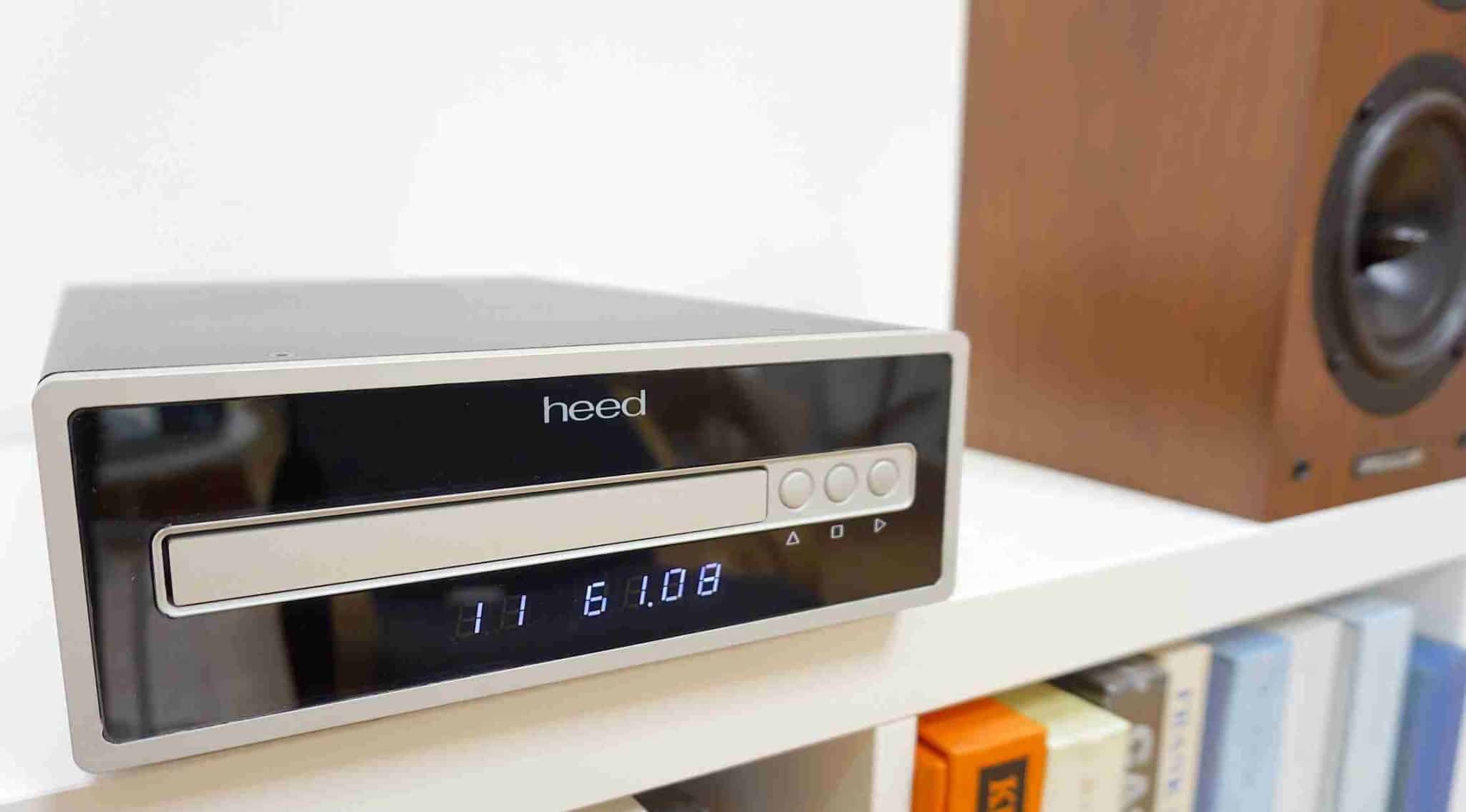
Offered in a small-footprint chassis, Paul Rigby reviews this high-end CD transport from Heed
Sometimes, I write reviews for general investigation. Product A has appeared on the scene. What does it do? Is it any good? That kind of thing.
I also do reviews to further my own research (vinyl cleaning is one example of that) or two answer specific, targeted questions posed by myself or from readers just like you.
This review exists to answer a specific question that I and you – well some of you – have posed over several months now.
A wee while ago, I reviewed Audiolab’s 6000CDT. This is a £399 CD transport that produces quite stunning performance for the price. It is a true giant killer and a headline bargain that will transform the life of anyone who loves CD discs. When combined with an external DAC, it wipes the floor with many, much more expensive, integrated CD players.
It will also reflect a steadily improved DAC performance. As long as you utilise a top quality coax cable, if you hook an external DAC to the 6000CDT then the performance of this separates disc system will improve steadily. That is, while keeping the CDT in situ, you can continually upgrade your DAC, as your budget allows, to a mighty £3k and still hear sonic improvements up to an including that point.
So then. The question is this. What’s next?
That is, when the CDT in particular hits a ceiling and to repeat, I think it does that around the £3k mark in terms of the attached DACs I hooked it up to, at that point, if you want to keep going in upgrade terms, where do you then turn?
CD transports around this price point are not numerous. CD players, sure. CD transports? Not so much. I know of a Cyrus example priced around £2,500 or so. I think Moon has one at a similar price. And if you want me to look at either of these transports, give me a shout.
Apart from the Heed, up from there? Well, you’re looking at another example from Moon for over £8k and from that point? An Esoteric price around £46,000 plus change.
Thus, if you follow my own rationale, this CD transport from Heed stands as the next possible box in line. The transport to receive the baton from the CDT and continue the CD race. As it stands, the Thesis CD transport is priced just short of £3,000 at £2,899 so it holds up perfectly in budget terms. That is, where the CDT falters, the Heed should hopefully, stand ready as a perfect upgrade.
Thing is, though. Is it? Should you buy one? Does a more expensive transport even offer sonic improvements, in the first place? The question is targeted and precise. Should you upgrade to a Heed from an Audiolab in CD transport terms?
THE TECHIE BITS
So what do we have here? The Heed Thesis Delta is a CD transport offered in a small, half-width chassis which is great if footprint is a concern in your listening room. For those who want to follow a separates route, the footprint of the Thesis Delta will appeal.
Looking at the front and because of the half-width design, the CD tray dominates the front fascia. Also, because of the half-width presentation, don’t expect to see a fancy large output OLED screen because there isn’t one. This is a tray-mounted affair which will please those who dislike the grab and pull CD slot transports
To the right of the tray are three large, easy-to-use command buttons: Open/Close (for the CD tray), Stop and Play. Simple. Direct. Obvious. Easy to use.
Underneath that lot is a simple output showing the track number and track time progression. This bright display can be dimmed or switched off via the remote.
And let’s zoom off on a tangent because the remote is small but not too small, its simple, to-the-point and features the essentials. Again, I like it. The remote includes more CD transport buttons (i.e. fast forward and reverse, next/previous track, repeat and so on). It performed well during the tests, incidentally. Even with barriers in the way, the CD reacted well.
I like that fact that these extra commands have been relegated the remote while only the most essential commands are on that foot fascia. So the balance between aesthetics and usability is maintained, in my eyes at least.
On the back are a pair of line outs (we’ll come to these later on) plus a selection of ways to connect your transport to a suitable DAC via coax, optical, I2B an BNC.
Moving further to the right is an IEC port and rocker power switch.
Inside? The transport utilises a Sanyo SF-HD850 transport combined with a Philips servo with real-time microcontroller support and custom data handling firmware which has been biased towards timing. The frame is of the rigid, metal type but with Heed’s own vibration damping suspension.
That sits next to linear power supplies with high quality extras such as a Airlink transformer, Mundorf capacitors, that kind of thing.
The internal control and communication has been designed to to avoid any interference with digital or analog audio signals. Hence, nice should be low on this one. Again, see later for more on this.
SOUND QUALITY
For anyone who has seen my recent Audiolab Omnia all-in-one review, you will know that I like to drag in a rather battered copy of New Order’s Republic to see how the transport copes. The CDT has no issues. It plays this disc first time. The Omnia, in case you haven’t seen that review, didn’t like this disc at all and refused to play it. Even though it had no issues with others discs in my collection, this New Order disc was too damaged for it to handle.
So, how did the Heed cope? I’m happy to report that the New Order disc worked first time in the Thesis. So, first job sorted, then.
FIRST IMPRESSIONS
Next? How did it sound when compared to the CDT? Does the Heed sound different and if so, in a good way? Does it improve sonically over the 6000CDT?
Yes, the sound is different and yes it’s improved but the reason, to my ears, was not the improvement I expected.
I’m used to hearing the move from a lower cost product to a high-end version of the same characterised by a lowering of the noise floor (amongst other factors). What surprised me was just how good the CDT is, in this respect, because the noise floor from the Thesis didn’t really shift any further downwards.
What I did get from the Heed appeared to be an improved sense of timing. The music seemed to slot into the track in a more mature and orderly manner. That is, the music offered a much improved focus. The sense of structure was impressive from the Thesis. The lower-cost CDT, by comparison, has frequencies which bled at the edges. That is, the edge of notes, the edge of instruments, sounded a little fuzzy. Not quite accurate.
The Heed drew a firm line around each instrument. The drums start ‘here’. The drums stop ‘there’. No questions asked. No guesswork. ‘There’ and ‘here’ and now let’s move on. There was a distinct, very definite feel to the music from the Heed. Again, almost as if the timing of the music had been enhanced. This heightened tonal accuracy meant that drums offered a newly found precision. Guitars started and stopped on the nail. And so on.
The spin off to that feature was the emergence of subtle detail. This track features three distinctly subdued instruments. There is a rack of bells playing during the song that you can best hear during the middle eight sequence. There’s a very shy tambourine in there and a subtle acoustic guitar. All of these instruments were better seen, better tracked via the Heed.
Despite the enhancements and despite the improvements I found myself shifting rather uncomfortably in my seat.
UH OH
Something wasn’t right.
What I really wanted was this: I wanted more. For the price? I wanted more. I heard improvements, but I wanted the Thesis to go further. I could still hear high-frequency noise elements around the midrange and treble. That noise floor again. Despite the improvements in focus that noise floor bugged me. There wasn’t a drop and I expected a drop and the bothered me.
All of the improvements I have listed above? They are real, they are valid, they offer real enhancements to the music. I’m glad they’re all there. They just never satisfied me. It’s almost as if Heed hesitated with this product. I wanted to shout, “Good, keep it going! You’re nearly there!” But the Thesis stopped at that point. As a listener, that was disappointing.
AND PAUSE…
Yes, that’s right, let me pause here because this part of the review is being written on a new day. And events have progressed since the first day.
In the original version of this review, I brought in a jazz album, heard a similar suite of sound elements that merely confirmed my opinion after hearing that New Order disc.
I then penned a rather low key, down-beat conclusion, said the Heed Thesis Delta was good but not great and not really worth the asking price and gave the box a rating of ‘7’. End of.
But still. I had that itch at the base of my neck. I get that when something doesn’t feel right. Something was wrong. Somewhere.
I checked my HiFi system. Something was on when it shouldn’t be maybe? Or off when it should be on? Something was disconnected when it should be connected? Whatever, something was wrong.
I checked my system but everything was fine. The Thesis Delta seemed to be working ok. I didn’t get a product fault thing from the listening tests. In short? After a suite of checks? My listening room and reference system was working as it should be.
Still.
So I ended the tests for the day. I moved to another room, and set about editing and checking the notes I’d made during the review. It was then that I loaded up a couple of emails from my Heed contact. I was looking for support documents, any suitable tech info to add to my listening notes.
Ah Hah!
It was at this point that I read these words in one email, “The unit as supplied includes the Heed Audio DAC plug-in card, which makes the transport into a fully fledged CD player…”
Ha! I knew it! That was what I hearing! I wasn’t, in fact, listening to a pure transport, with Heed’s optional slot-in DAC card for the Thesis Delta, what I was in fact listening to was a fully-fledged integrated CD player!
Well. Gotta say, I felt relieved. I thought I was going slightly mad. Well, more mad than usual, put it that way. That itch on the base of my neck? That ‘wrongness’ I was hearing? It was the built-in DAC card. Incidentally, the Thesis Delta CD per with DAC card included? It can be yours for £3,249. But I’m here to talk transports.
So, I opened up the chassis, I pulled out the DAC card, I put the chassis back together and I fired up New Order again. And? Oh yes. This was more like it. This was why I bought a ticket. This was what I was looking for.
First up? Noise floor. Down it went. For the price, the Audiolab 6000CDT offers superb low-noise performance but, in relative terms, when compared to the Thesis Delta sans DAC card? It can’t compete. The Heed drops the noise floor, offers a more relaxing listening experience and encourages far more detail to come through.
The impact of the sonic improvement is not ‘in your face’. You don’t hear it from the off. You tend to discover this effect over time. Details slowly pop out of the soundstage. In general terms, the mids and treble sounded smoother and airy.
More specifically? A couple of examples for you. In the notable synth/guitar sequence at the start of the track, Respect, the synth part is better separated from the guitar via the Heed. There is more space between the guitar and synth and even in between the synth notes themselves.
More? During this track, with the 6000CDT, I thought I was hearing a tambourine at various points of the track. I wasn’t. It was a ride cymbal. I had that “Ohhhhh…I seeeee,” moment when the realisation hit me.
I then moved onto jazz and the jazz pianist, Geoff Keezer with his album, Turn Up The Quiet (Columbia) and the track, Stompin’ at the Savoy.
What impressed me here was the quality of the bass, from an upright bass. The lower frequencies appeared to reach that bit further downwards, giving the music a gravitas, a weight that applied a firm authority in the beat. The strong, heavy lump of bass provided a certain clout, a sense of muscle.
Again, the focus around the upper frequencies was impressive. What did stand out was the new-found precision that the Thesis was able to apply to it and the saxophone. The track had a new sense of confidence because that accuracy provided a sense of the definite. The music knew where it was heading. It sounded like a plan was really coming together via the Thesis.
CONCLUSION
Some will ask, is the Heed Thesis worth around what, seven times the price of the Audiolab 6000CDT? When sound quality is mused upon, I personally think that’s not the way to think about it. Applying maths to art, that is. What I would instead consider is this, after demoing the Thesis (and this box should be given a demo), does the music give you what the 6000CDT does not? Does the Heed provide you with a sense of music that you feel is important, necessary and, after hearing the Heed, you realise you cannot do without?
That’s how I know that I have to buy a HiFi component. If I hear something in there and I think, “OK, that’s it. I can’t live without that sonic improvement. This box stays right here.”
This is a fine CD transport. It does a great job, it offers real sonic improvements. It has you nodding in approval.
From that angle, there is enough improvement from the Heed to supply that sort of consideration. The Heed Thesis has a definite personality. A correctness, a precision that some will hear once and will just have to have in their lives.
In short, the Heed Thesis is a valid choice when you’re looking to make a CD transport upgrade.
HEED THESIS DELTA CD TRANSPORT
Price: £2,899
Website: www.connecteddistribution.com or heedaudio.com
GOOD: midrange focus, bass authority, small footprint, low noise, usability
BAD: nothing
RATING: 8
REFERENCE
Benchmark DAC2 HGC
Chord Qute HD DAC
iFi iOne DAC
Leema Essentials CD Player
Aesthetix Calypso pre-amp
Icon Audio MB845 Mk.II monoblock amplifiers
Quad ESL-57 speakers with One Thing upgrade
Blue Horizon Professional Rack System
Harmonic Resolution Systems Noise Reduction Components
Air Audio AC-2K Balanced Transformer
Russ Andrew Superrouter Grounding block

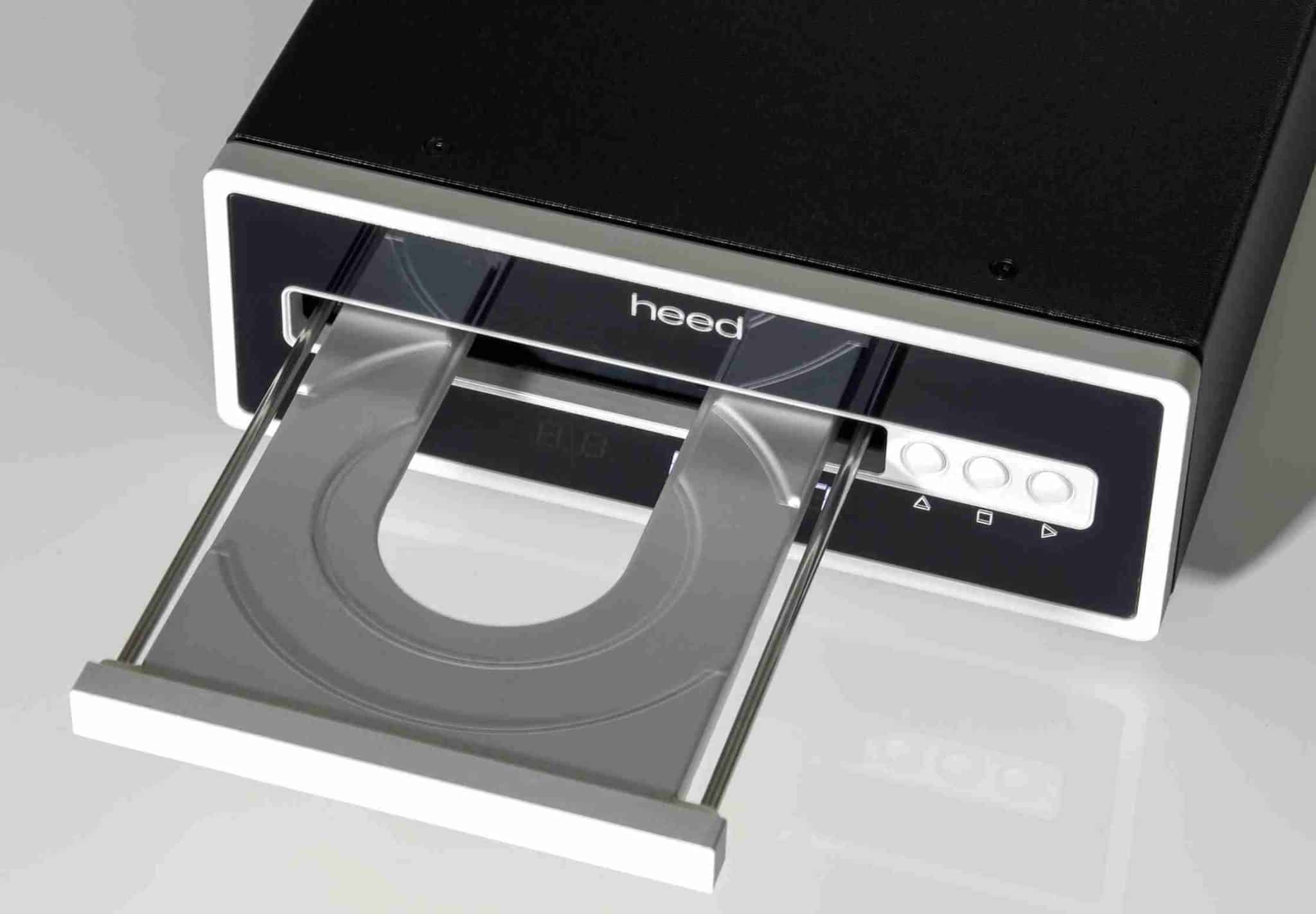

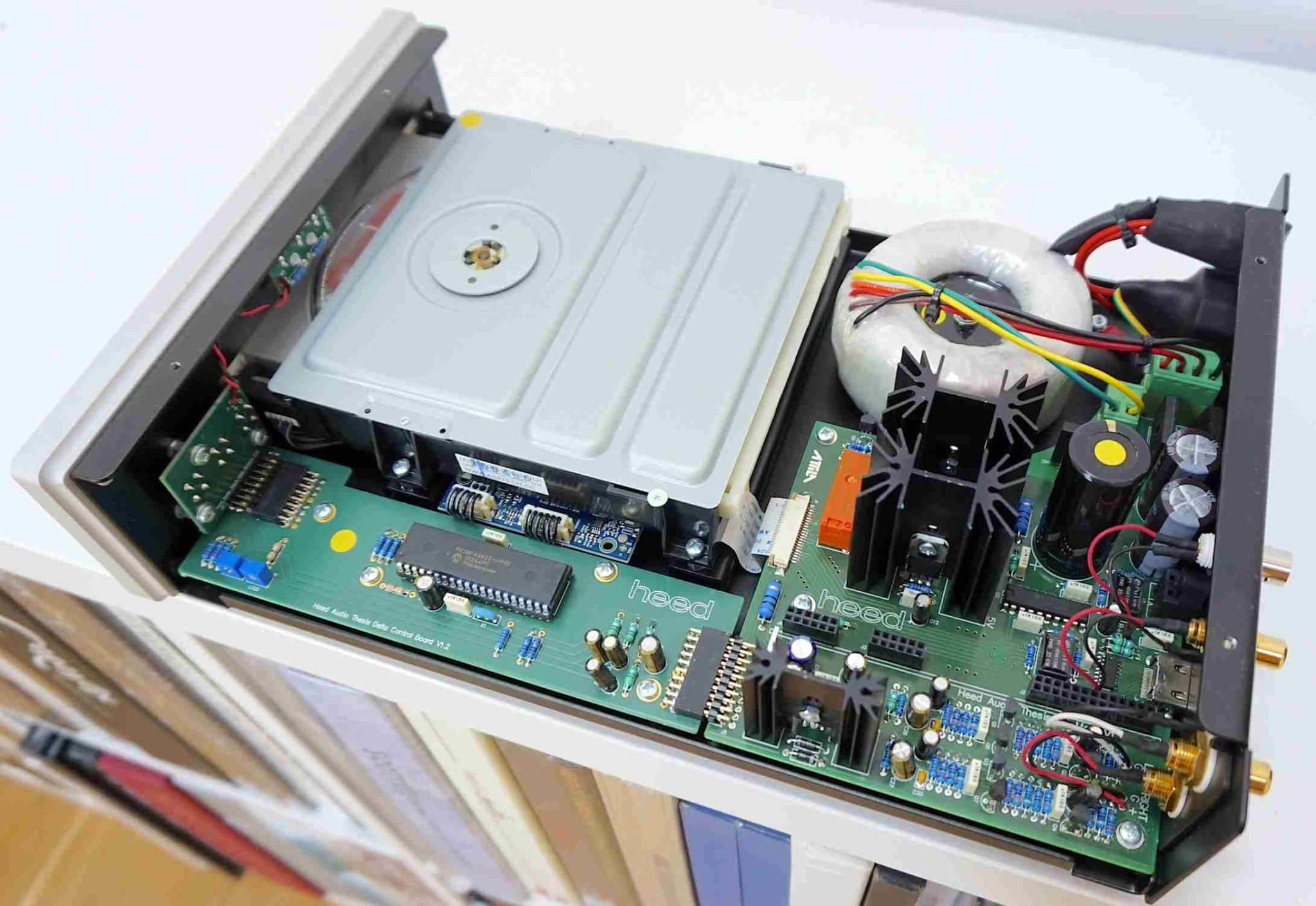
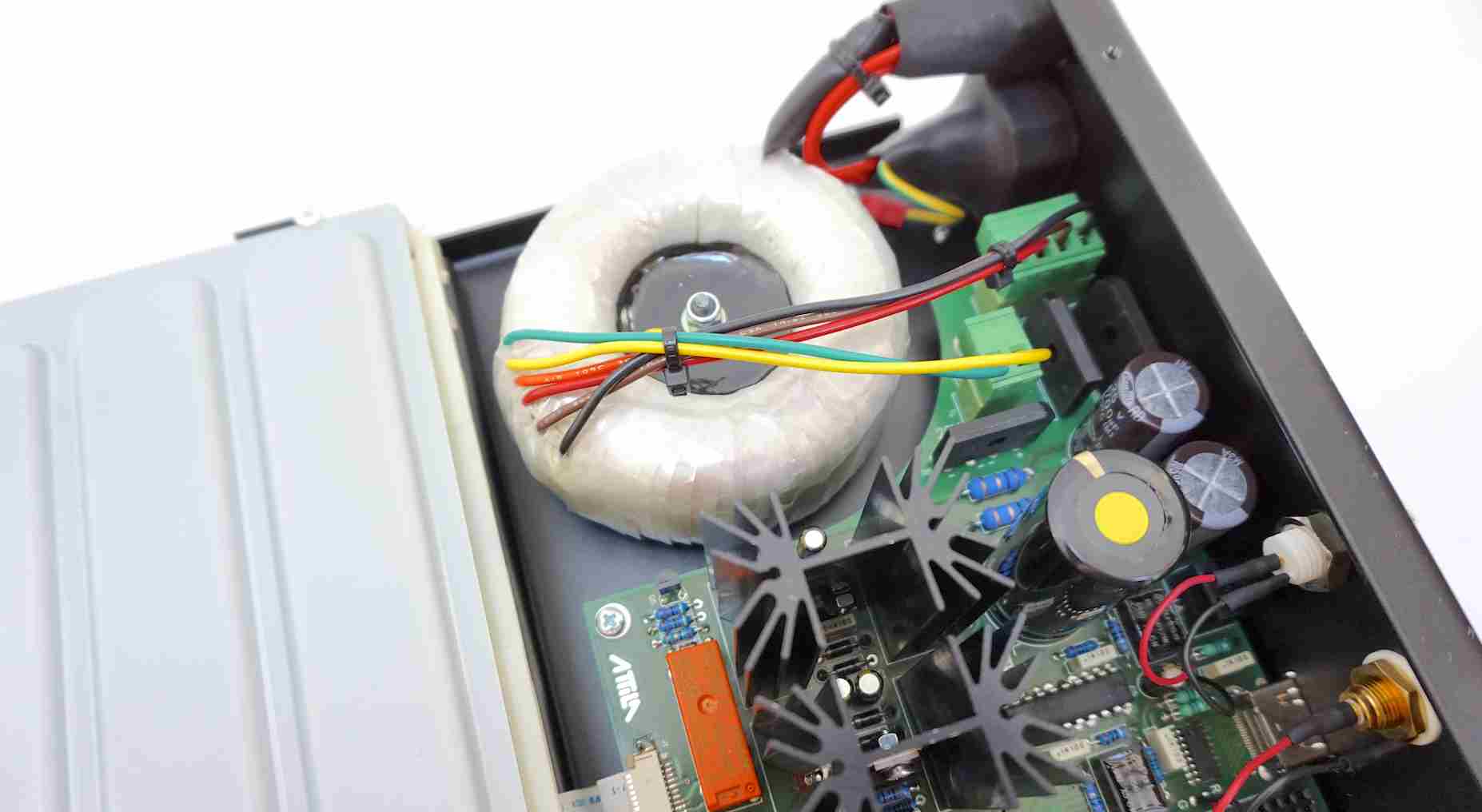
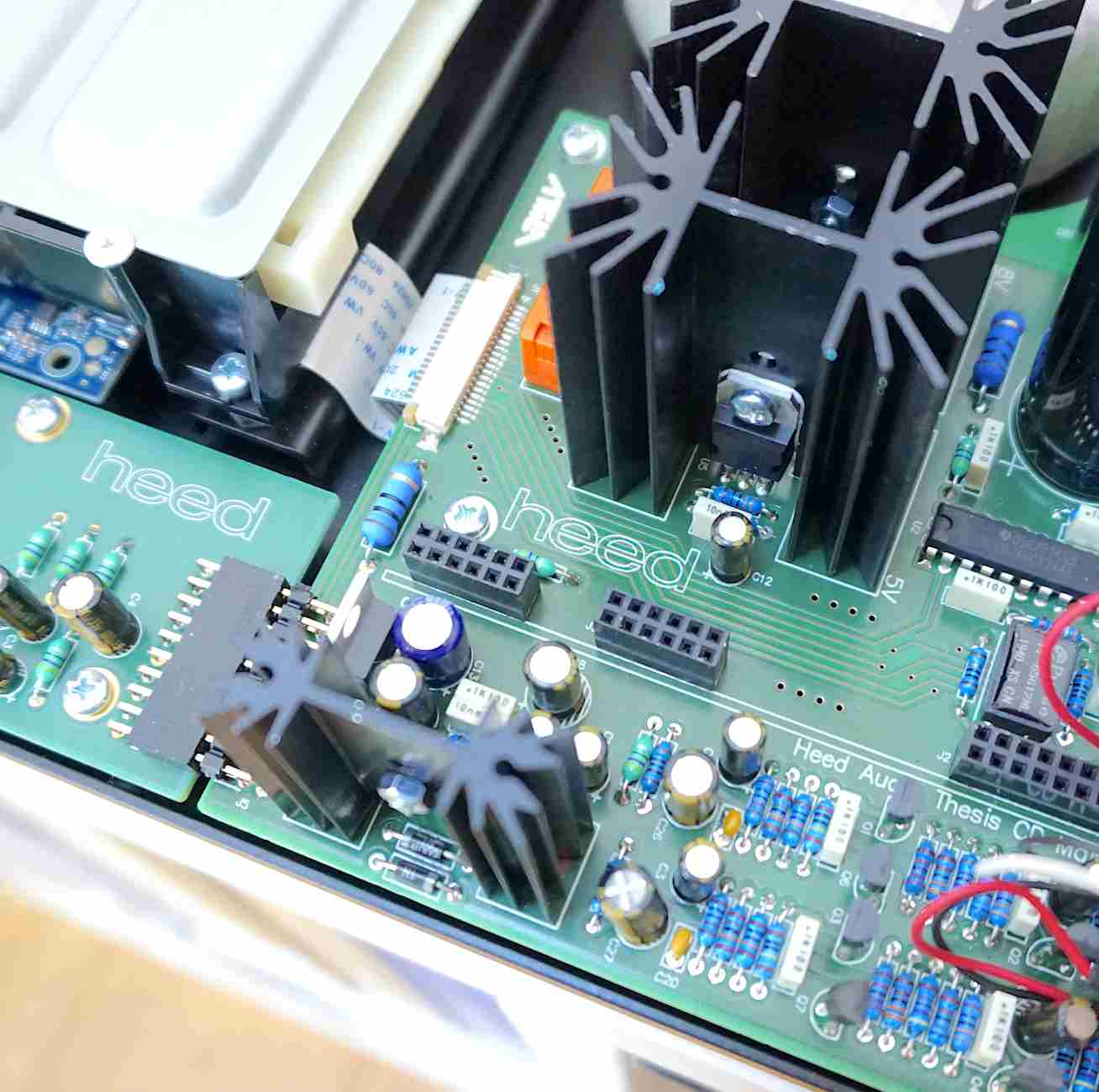
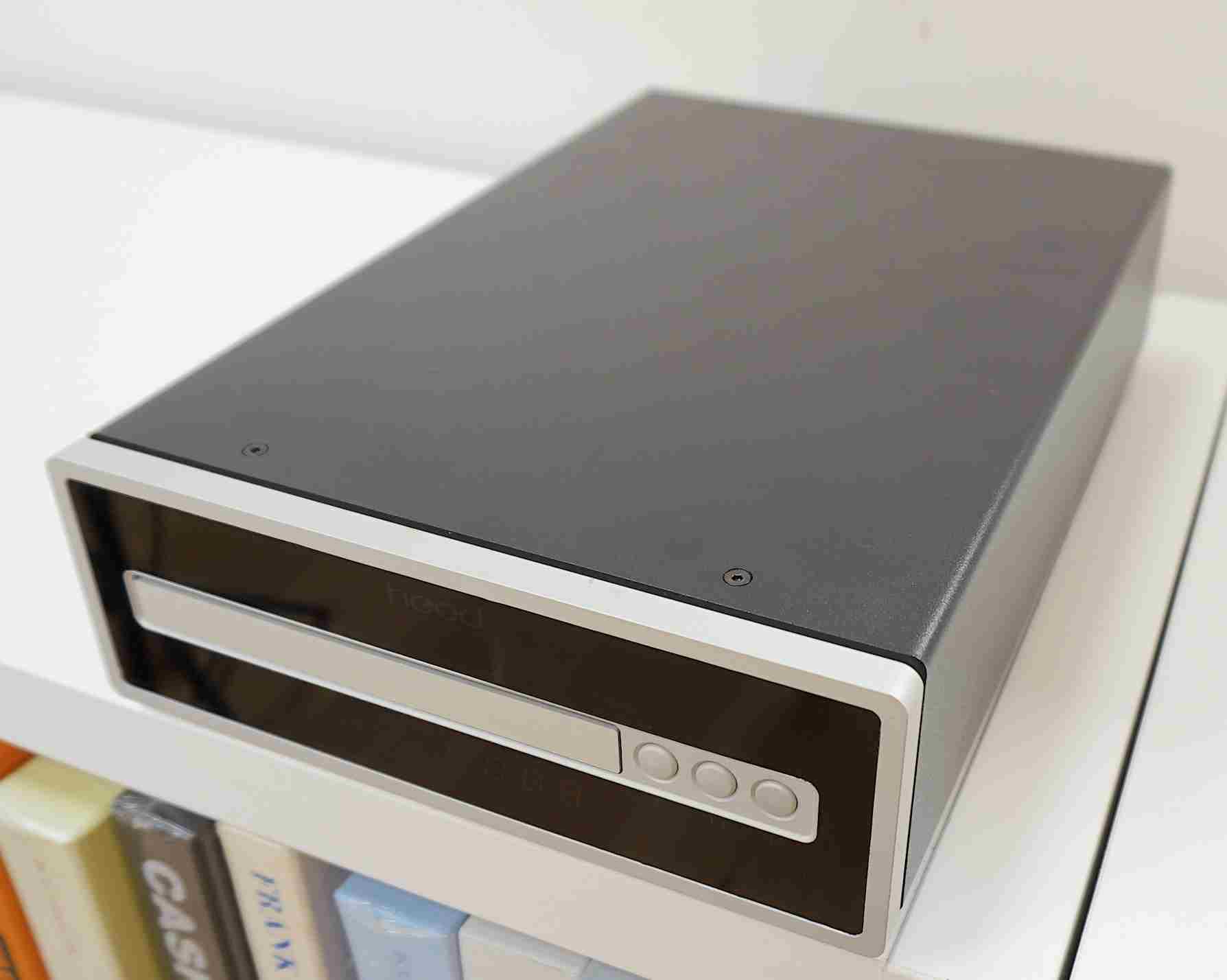
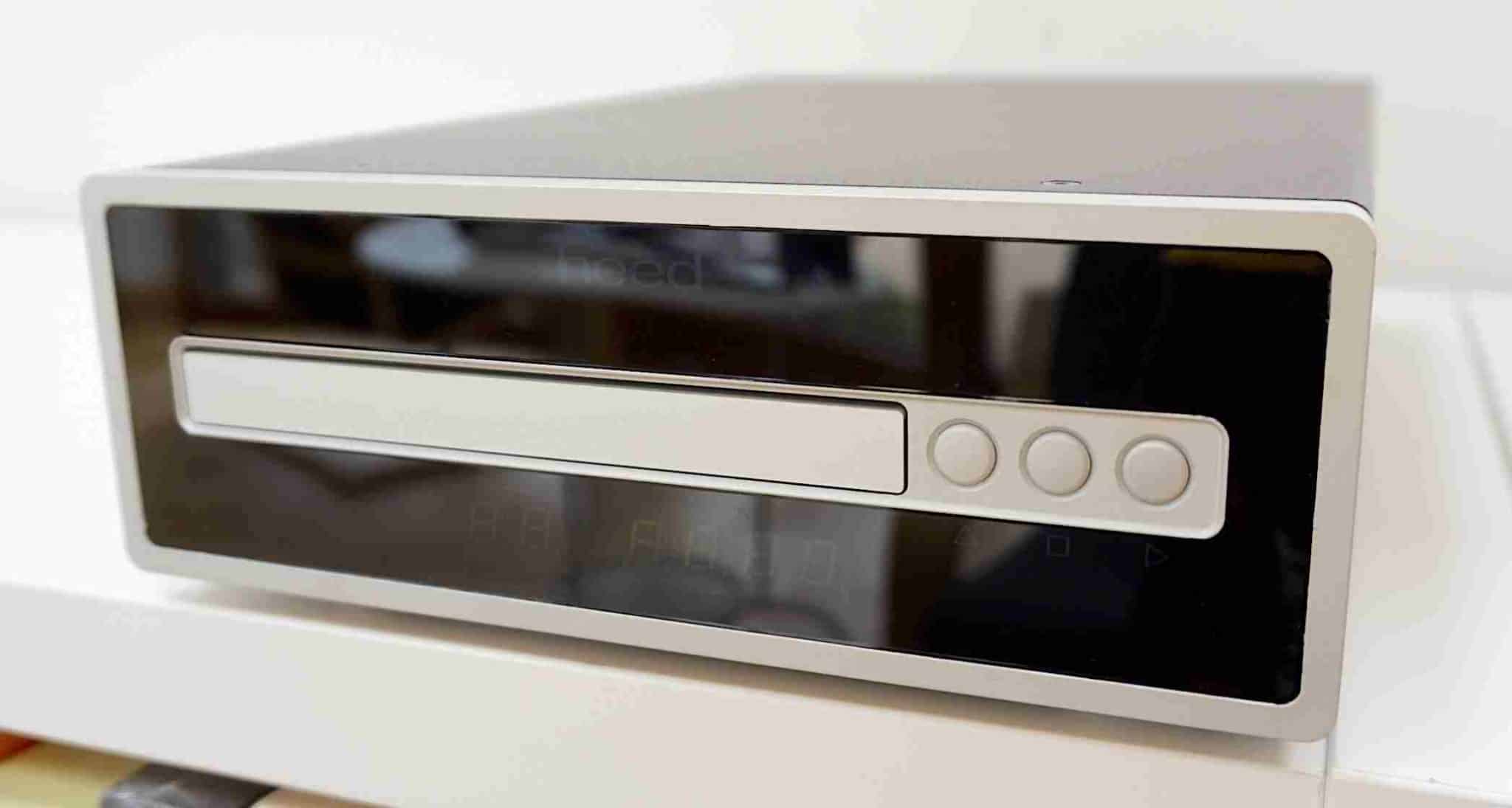

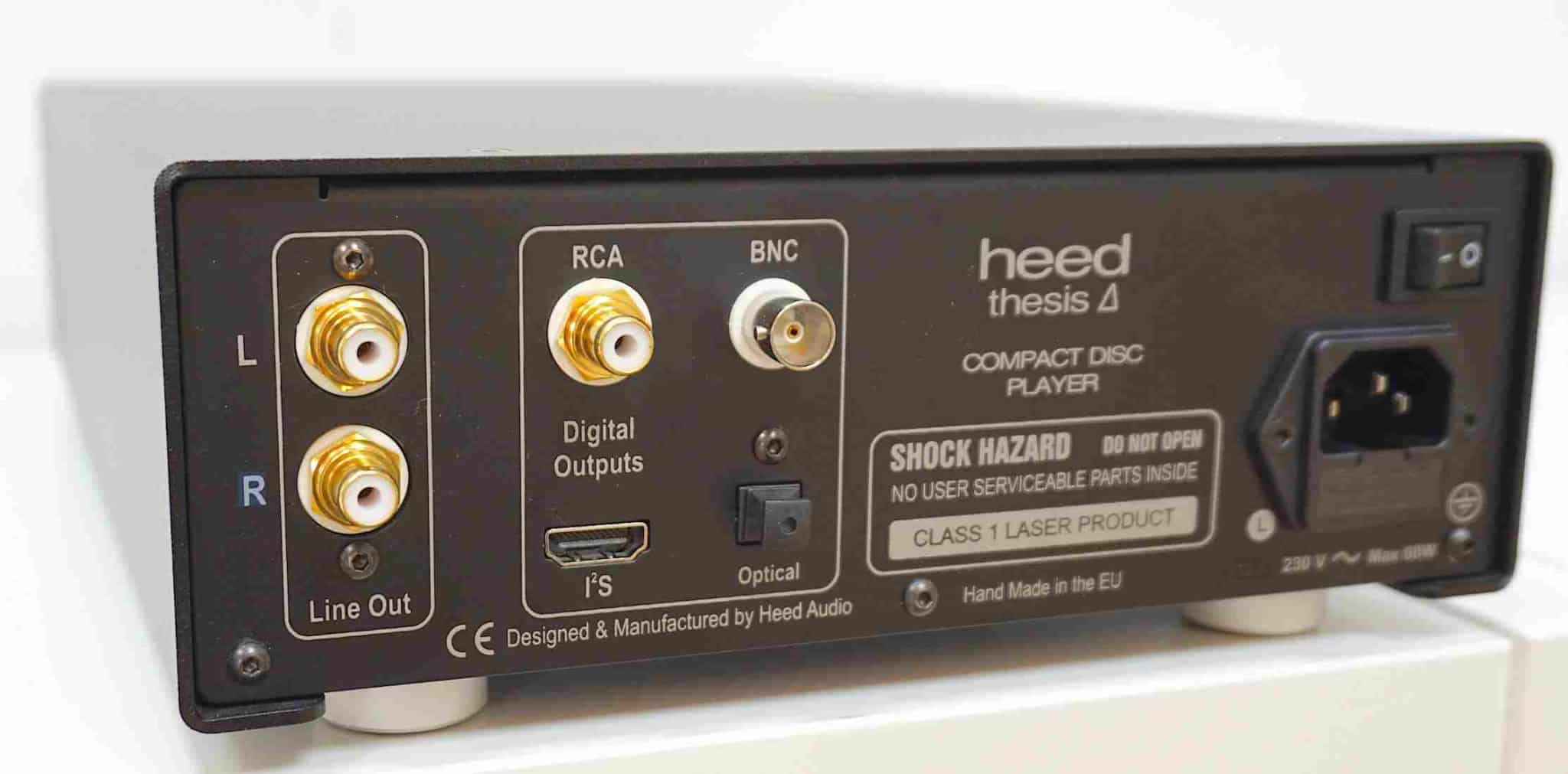
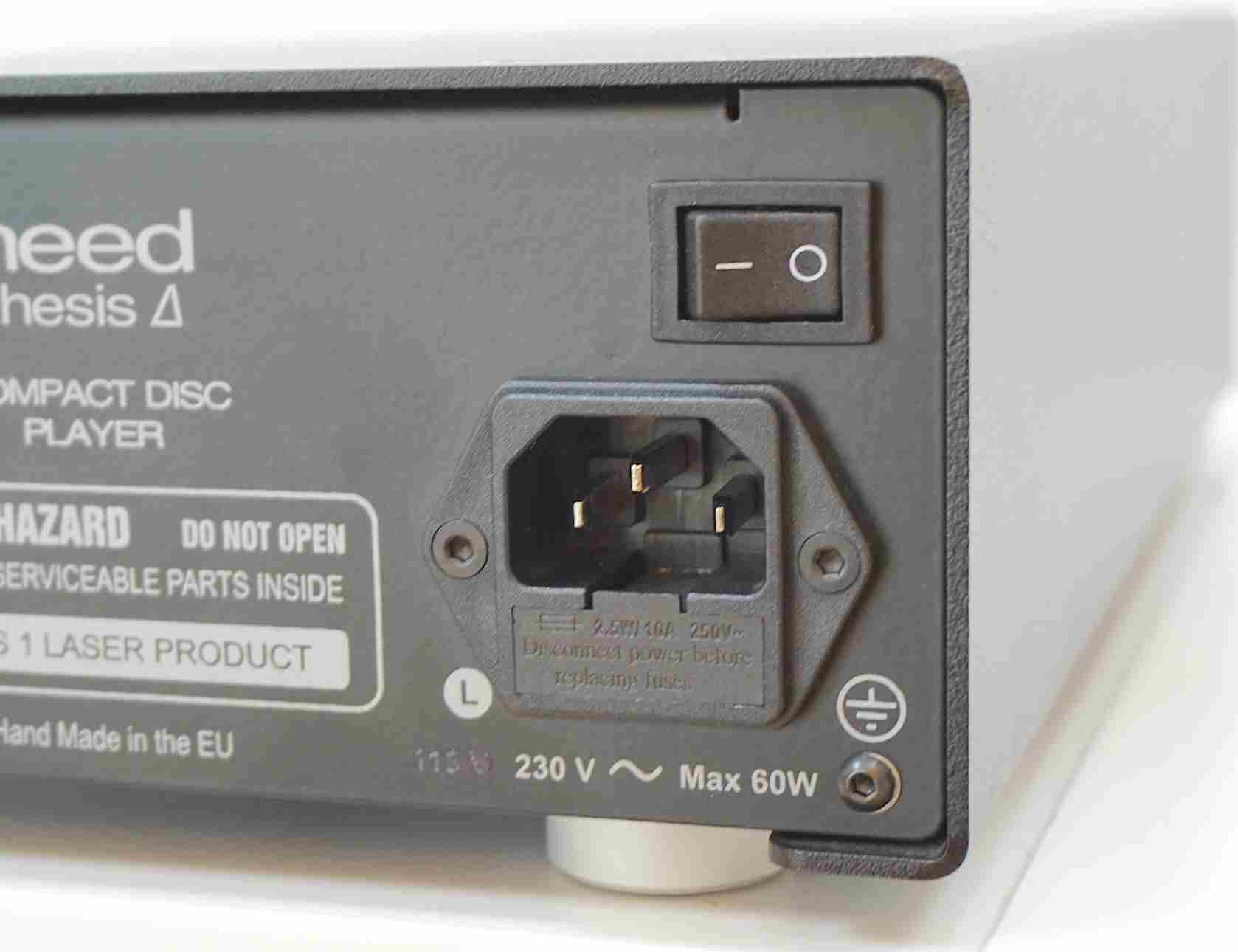
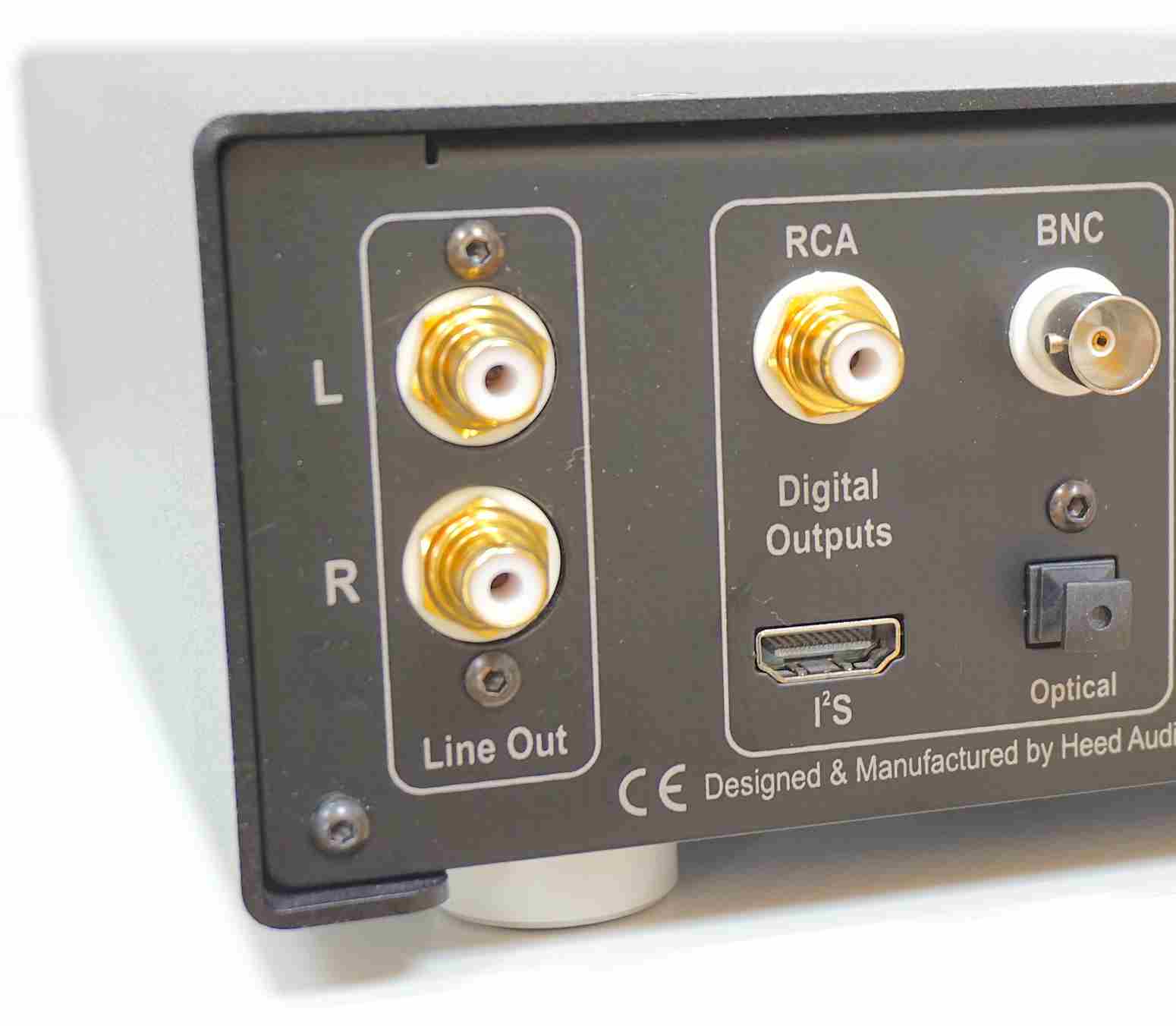
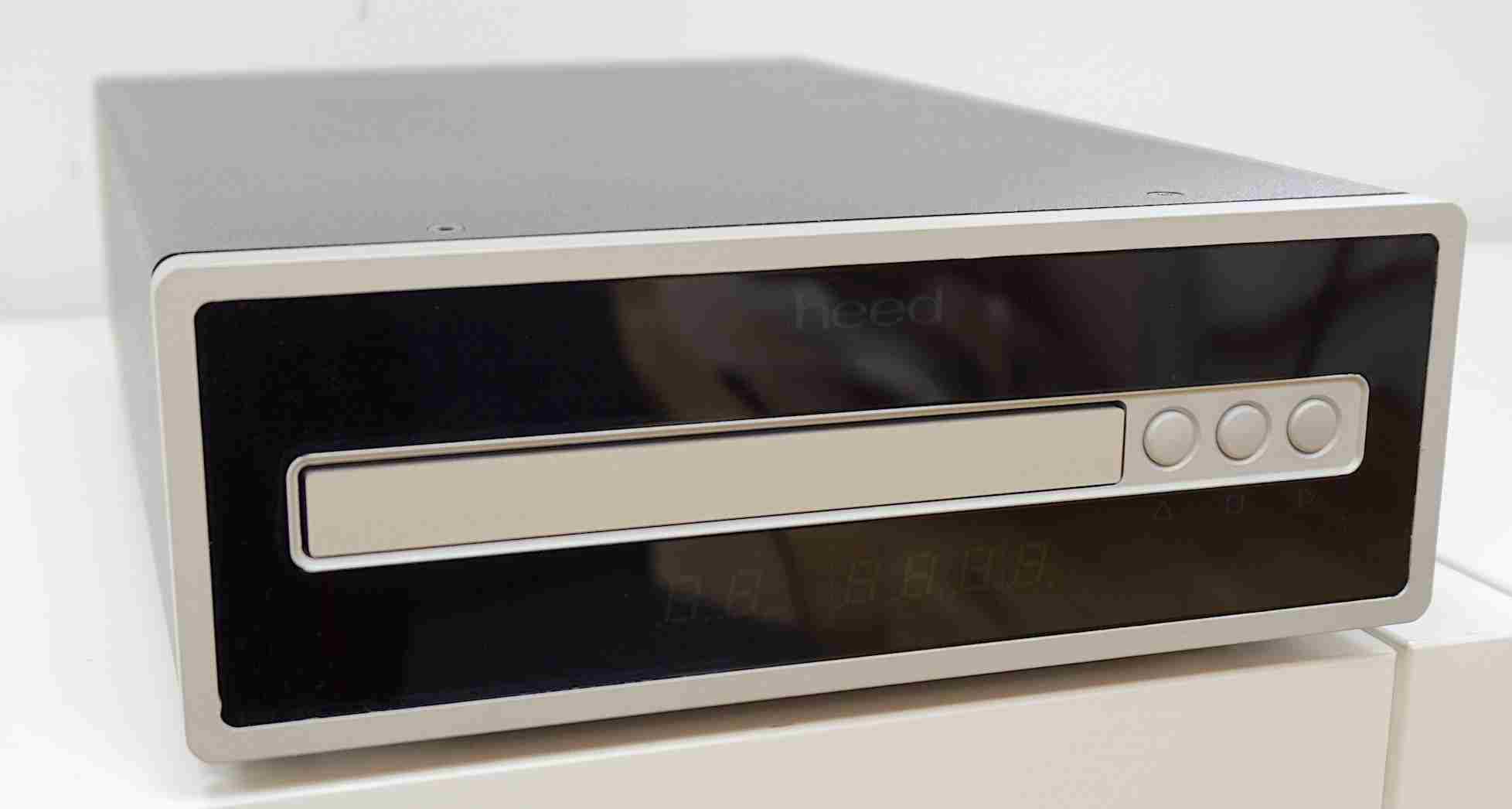

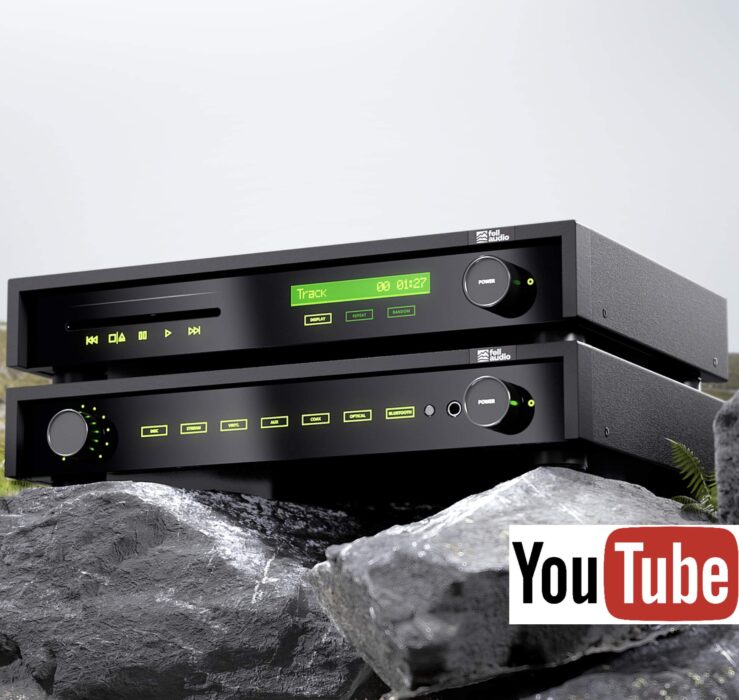

There is a law of diminishing returns in audio, but the Audiolab represents outstanding value and is finding it’s unabashed way into some very high end systems
I agree that the Audiolab offers great value but I have to disagree on the diminishing returns point. Absolutely and wholeheartedly.
I have the Audiolab 6000CDT with a Merason Frerot/POW1 DAC and am thrilled with it. Have you reviewed the Merason DAC’s and the Rega CD Box RS2T?
Not yet, Mike.
Hi Paul. Audio lab has just come out with 9000 series CDT which runs around $1100 poundd. The 6000 CDT is being discontinued I believe. Any chance of comparing it to the Heed? Enjoy your reviews
Hi Bill – I’ve put a request in for the 9000 so finger’s crossed.
Pro-ject not Rega
Hi Paul. Interesting review, but can i ask for clarification? How did it happen that you were unknowingly listening to the unit as an integrated CD player? Surely for the review you were intending to write, you would have hooked it up only via the digital output to your DAC? Or have i misunderstood, and you are saying that simply the presence of the additional internal DAC card in the transport was producing the difference in sound you describe, without it even being in use?? Also, it would be good to know which of your reference DACs you employed in this evaluation, which digital outputs were used, and what differences these selections made.
I think I said in the review that it was the mere presence of the DAC card that was causing the issues. I used coax so I could better compare and contrast with the 6000CDT to reflect what improvements were audible, if any. There’s a reference list at the base of the review.
Great review. I loved your description of ‘something not quite right here, what is going on?’
I have been seriously interested in buying a CD transport for some time. The audiolab has felt like a no-brainer in some respects. Budget price, but solid midrange performance. But, but…the slot disc mechanism. I usually do a lot of research online before any purchase, and I have found just too many comments about the audiolab marking discs. Having a primare i30 integrated amp, which remains a fine performer, I have been drawn to the dd15 and dd35 transports, but alas, these are slot loaders too. And I have been unable to find a single review of these products online.
Over the years most of my purchases have been on the second hand market. I don’t have the money to invest in the type of equipment I aspire to at new prices.
Certainly the heed transport looks like a good one, but I could never afford one new in the foreseeable future. I will probably stick with my Oppo 105 player for a bit longer yet I guess.
But would you have any thoughts regarding quality transports, preferably tray or top loaders, which may be a noticeable step up from the audiolab, and available on the second hand market?
I have also been interested in the roksan attessa transport, (tray loader), but have yet to find a review available. Any transport would initially be used with the DAC section of the oppo.
Many thanks for your continued dedication and insight. The website is a great resource.
The Cambridge CXC is another recommended transport. Check out my CXA61 amp review to gauge that transport’s personality. It’s similar. I personally prefer the 6000A but you might lean towards the Cambridge.
Paul. How about comparing both the Audiolab 6000 CDT and the Heed CDT to the Cambridge CXC CD transport are nd the Project RS2 CD transport? And doing a full review of the Project RS2?
Hi Graham -I’l make a note of the Pro-Ject. The Cambridge – from what I hear – is very good and retains the personality of the CXA61 Cambridge amp I reviewed recently. On that basis, I prefer the Audiolab in audio terms. To repeat, the CXC remains excellent. And I’ve already compared the Heed with the Audiolab in this review.
Still not reviewed the Project RST2?
I had the Audiolab 6000 and the Project is MILES better there’s no messing about with which has a lower noise floor etc etc One is HiFi the other is Midfi
Thanks S
Hi Paul,
I too am interested in a CD transport and contemplating the Audiolab 6000 and Cambridge CXC. A stand out step up transport based on published reviews is the Jays Audio CDT2 – MK3 that Steve Guttenberg and Hi Fi plus reviewed favourably. This appears to be a relatively reasonably priced high performing transport, only triple the price of the Audiolab 6000. If possible, your view on this transport would be appreciated.
Regards
Jonathon
See my reply elsewhere – and sure, I’ll make a note re. the Jays.
Hi Paul,
Love your reviews and articles, both style and content wise (vinyl cleaning being my present occupation – surfactant check in the making).
Question to this review: If you use the otpical or coax out, don’t you bypass the internal DAC and use it as a transprt? How is the DAC affecting the noises floor if it’s not in the signal path (my simplistic view, but I hope you understand what and why I’m asking 😉 ).
I use an old Cambridge 550C CD player as a transport via coax into my Naim N272 – how do I ensure the internal DAC is not disturbing the sound?
Thanks !!
It’s electrically connected and has an impact on the rest of the component. I can hear it. It’s like some sitting quietly in a room with you. You know the room’s not empty. You can hear the breathing 🙂 I could hear the DAC breathing – it bothered me. The noise, ringing, the electrical interference was there. This is why people buy separate pre amps and power amps, for example – same principle. If this sort of thing didn’t matter the HiFi industry would only be selling integrateds.
That means, hypothetically, if I were to open up my 550C Azur and cut the connection of the DAC, sound would imporove? A dangerous thing to place in my head (for my CD player mainly 😉 )!
Thank you kindly for your reply, Greetings from the Dutch in Deutschland,
Erwin
I wouldn’t recommend anything so drastic Erwin 🙂 Packing ‘more’ into a chassis is a great option to reduce footprint, add value for money, reduce cost and price, reduce cabling and simplify installation etc but it does nothing for sound. HiFi is anti social. Never forget that. Separate everything to increase sound quality: the DAC, control section, the power supply, motors, etc, etc. I’ve seen some phono amps (high end of course) that arrive in 5 separate boxes, for example.
All thumbs here, not opening anything up except a tin of beans and the odd beer üòé. I‚Äôm keeping my box count down, so I have TT, Goldnote ph10 Phono pre (no ext power), n272 streamer/pre amp with external power supply, CD player and 250dr power amp; very lean in my eyes, wife is happy it‚Äôs not in the living room though üòÖ.
Hello Paul,
Great review, Heed is an interesting company indeed. I bought a second hand musical fidelity M1 transport and it’s pretty good. I tested the Jay’s, loved it, tested the new CEC, spectacular but now i have the new Rega Saturn Mk3 cd-player and i have to say it’s something quite special. Be sure to put it on your list because having been one of your earliest readers and i think you will love it. The built-in dac is also great!
Best regards
Geoff from Belgium